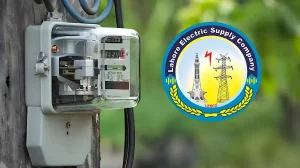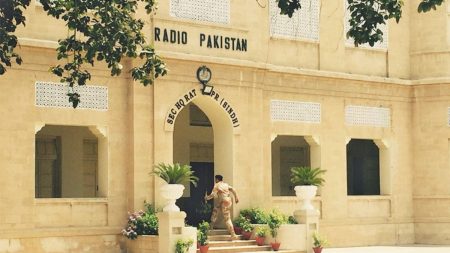ISLAMABAD, March 17: Power generation in Pakistan saw a significant decline in February 2025, falling to 6,945 GWh, a sharp 15% decrease from the previous month, signaling a potential slowdown in economic activity.
For comparison, power generation in January 2024 was 8,153 GWh. On a year-on-year basis, power generation was down by 3% from 7,130 GWh in February 2024, according to data from Arif Habib Limited (AHL).
In the first eight months of the fiscal year 2025 (July-February), total power generation also fell by 3% compared to the same period last year, with 81,739 GWh generated, down from 84,426 GWh in FY24.
The decline in power generation has raised concerns among analysts, who attribute the drop to sluggish economic activity and high energy costs.
Furthermore, the growing shift towards alternative energy sources, particularly solar power, is impacting the national grid.
Solar energy has become more popular, especially among residential and commercial users, which has raised questions about its long-term implications for the traditional energy sector.
In response to the rising popularity of solar energy, the government recently reduced the buyback rate for net metering electricity to Rs10 per unit, down from Rs27 per unit.
Cost of Power Generation
This decision was made due to the “significant increase in the number of solar net-metering consumers” and the financial burden it places on grid consumers.
On the cost side, the total cost of generating electricity in Pakistan decreased by 30% in February 2025, dropping to Rs7.57 per kWh compared to Rs10.79 per kWh in January 2025.
Year-on-year, electricity generation costs also fell by 13%, from Rs8.70 per kWh in February 2024.
Hydel power emerged as the largest source of electricity in February 2025, contributing 27.1% to the total generation mix.
This was closely followed by nuclear power, which accounted for 26.6%, and local coal, which made up 15%. Among renewable sources, wind, solar, and bagasse contributed 2.5%, 1.2%, and 1.1%, respectively.
Power Generation Trends in Recent Years
In recent years, Pakistan has seen a shift towards cleaner energy sources in its power generation sector, with a growing reliance on hydropower and nuclear energy, while coal-based generation has also increased.
Key Trends:
Increased Capacity:
Pakistan’s installed electricity generation capacity has seen significant growth, reaching 42,131 MW by March 2024. This expansion has been crucial in meeting the rising demand for electricity across the country.Shift to Clean Sources:
There has been a noticeable move towards low-carbon energy sources, with both hydropower and nuclear energy playing an increasingly important role in the country’s energy mix. This shift aims to reduce the dependency on fossil fuels and promote sustainable energy practices.Hydropower’s Role:
Hydropower remains a major contributor to Pakistan’s power generation, accounting for 25.4% of the electricity mix as of March 2024. The country’s abundant water resources have made hydropower a critical part of the energy infrastructure.Nuclear Power Growth:
Nuclear energy has been steadily growing, with several new plants increasing capacity. This growth helps ensure a stable and reliable electricity supply, especially as demand continues to rise.Coal’s Increasing Role:
While cleaner energy sources are on the rise, coal-based power generation has also seen growth, although it still constitutes a smaller portion of the overall electricity mix. Coal remains an important part of Pakistan’s energy security, though its environmental impact remains a concern.
This evolving energy landscape highlights Pakistan’s ongoing efforts to balance economic growth with environmental sustainability.









